Key Takeaways
Comprehensive guide to high school sportsmanship awards. Learn how to design effective programs that recognize student-athletes demonstrating integrity, respect, and character throughout the sports season.
Why High School Sportsmanship Awards Matter
The National Federation of State High School Associations (NFHS) has emphasized that sportsmanship “is among the fundamental values of education-based activities, and has been one of the defining elements of high school sports for more than 100 years.” In recent years, concerns about declining sportsmanship behaviors have led the NFHS to make sportsmanship the No. 1 Point of Emphasis across all sports.
Sportsmanship awards serve critical educational purposes:
- Model Desired Behaviors: Publicly celebrate specific examples of exemplary conduct
- Reinforce Core Values: Connect athletic participation to character development
- Shape Team Culture: Establish behavioral expectations through recognition
- Inspire Younger Athletes: Provide role models demonstrating sportsmanship excellence
- Balance Competitive Focus: Ensure character receives equal emphasis with winning
- Build Community Standards: Unite schools, families, and communities around shared values
- Create Lasting Legacy: Honor athletes whose impact extends beyond statistics
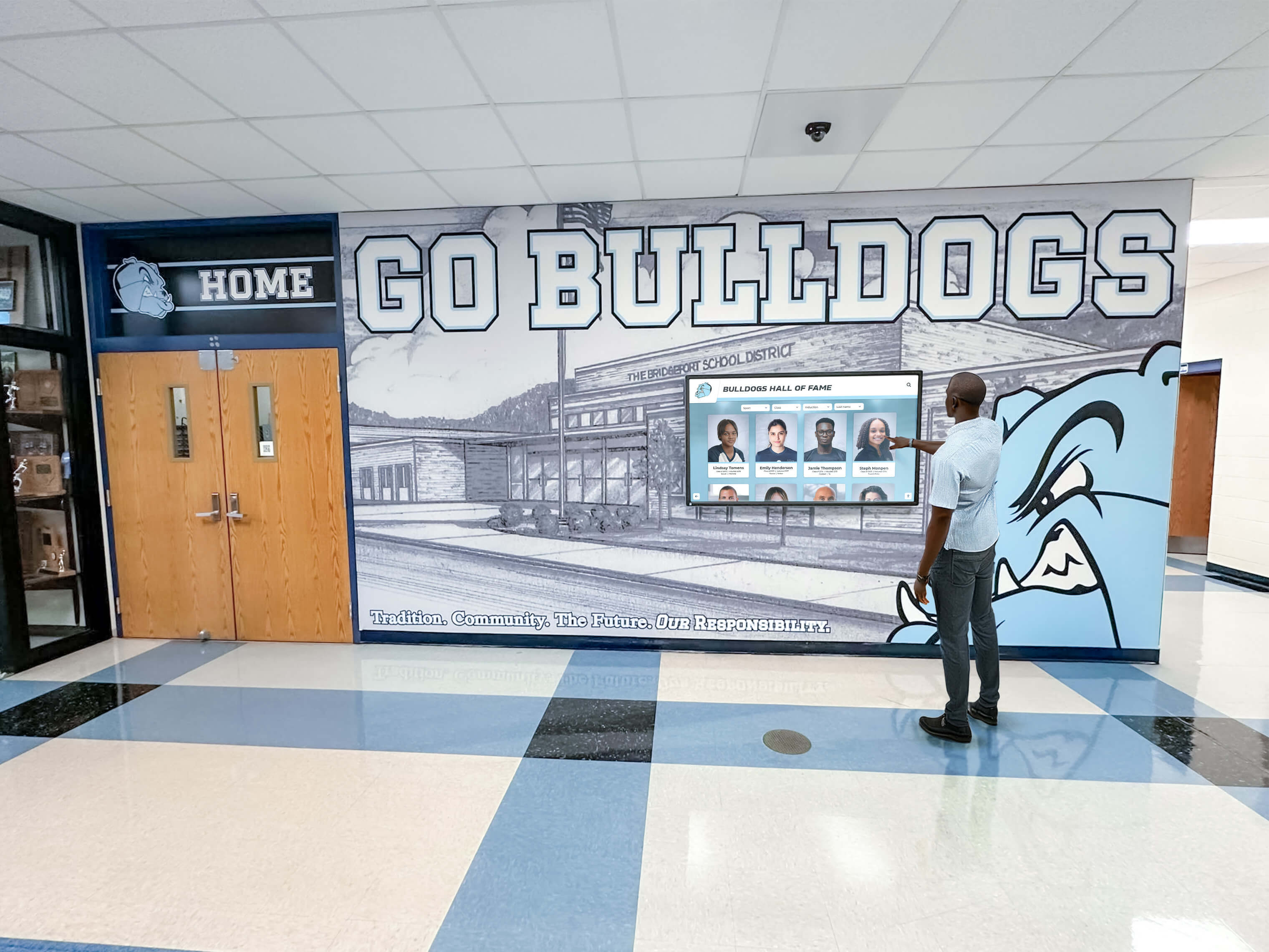
The NFHS Learning Center reports that more than 920,000 individuals have completed free sportsmanship training over the past 11 years, with students comprising over 70 percent of participants—demonstrating widespread recognition of sportsmanship education’s importance in high school athletics.
Core Values: Defining Sportsmanship in High School Athletics
Effective sportsmanship award programs begin with clearly defined values and behaviors worthy of recognition:
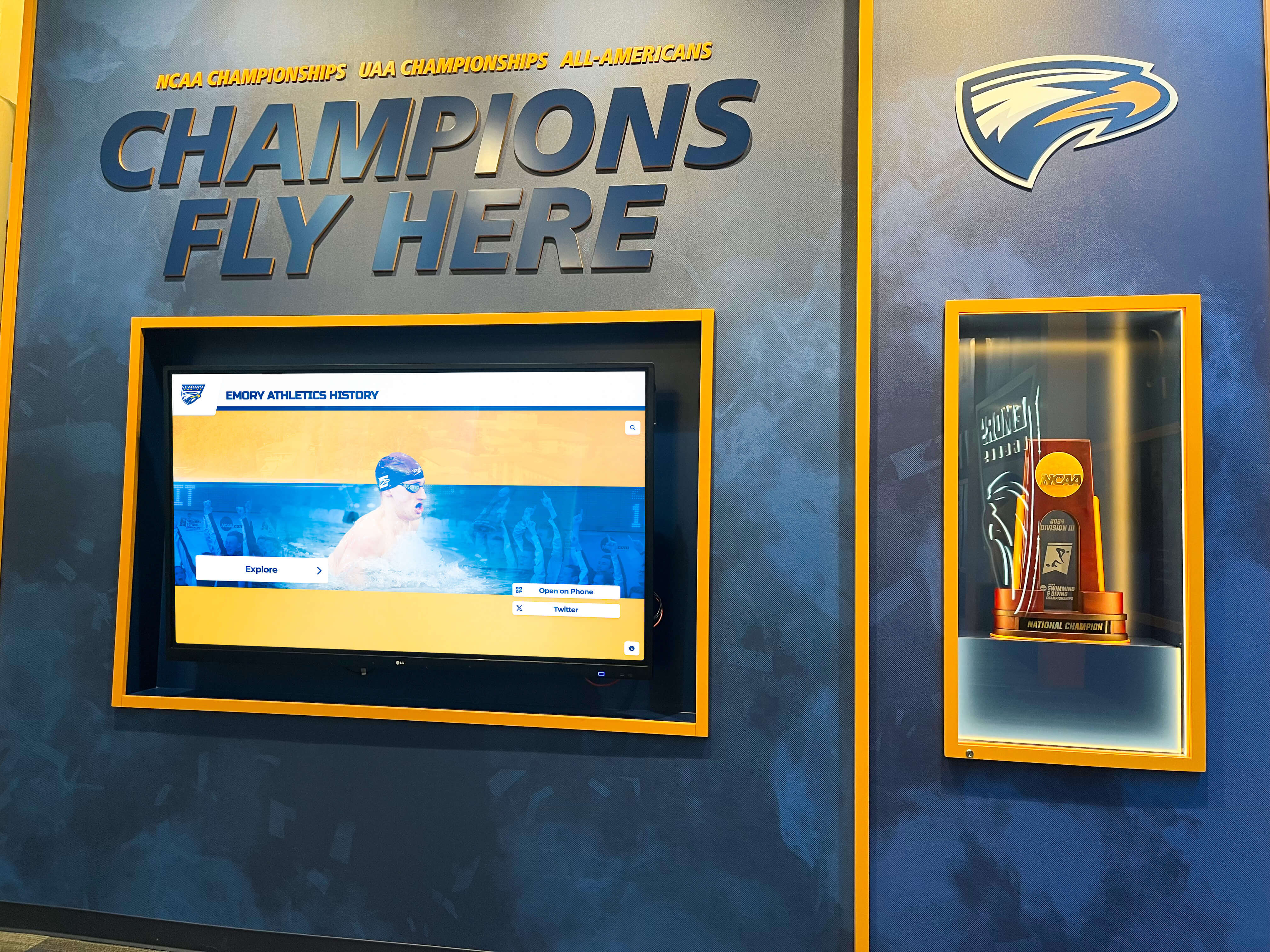
Respect for Opponents
True sportsmanship recognizes that opponents make competition possible and deserve respect regardless of outcome:
Demonstrated Through:
- Shaking hands before and after competition with genuine respect
- Congratulating opponents on excellent plays and performances
- Refraining from trash talk, taunting, or intimidation tactics
- Helping injured or fallen opponents during competition
- Acknowledging opponent achievements verbally and through body language
- Accepting victory with humility and defeat with grace
- Respecting opponent preparation areas, equipment, and facilities
- Representing your school positively in opponent venues
Award-worthy student-athletes understand that the quality of competition depends on mutual respect between competitors—an attitude that transforms contests into collaborative excellence rather than simply defeating adversaries.
Respect for Officials
Officials enable fair competition, and their authority must be respected regardless of agreement with specific calls:
Key Behaviors:
- Accepting official decisions without arguing or demonstrating frustration
- Addressing officials respectfully when communication is appropriate
- Understanding that officials are fellow humans making split-second judgments
- Refraining from blaming officials for competitive outcomes
- Acknowledging that errors occur in all aspects of athletics, including officiating
- Supporting teammates who may be frustrated with officiating
- Modeling appropriate responses to difficult calls for younger athletes
Schools implementing comprehensive recognition programs often include student awards across multiple achievement dimensions, ensuring character receives equal emphasis with athletic performance.
Respect for Teammates
Exceptional sportsmanship extends to how student-athletes treat their own teammates:
Positive Team Behaviors
- Encouraging teammates during both success and struggle
- Accepting coaching decisions about playing time and roles
- Supporting teammates selected for recognition or opportunities
- Taking responsibility for personal mistakes rather than blaming others
- Celebrating team success above individual accomplishments
- Including all team members in team activities and culture
- Helping teammates improve through constructive support
- Maintaining confidentiality and trust within team relationships
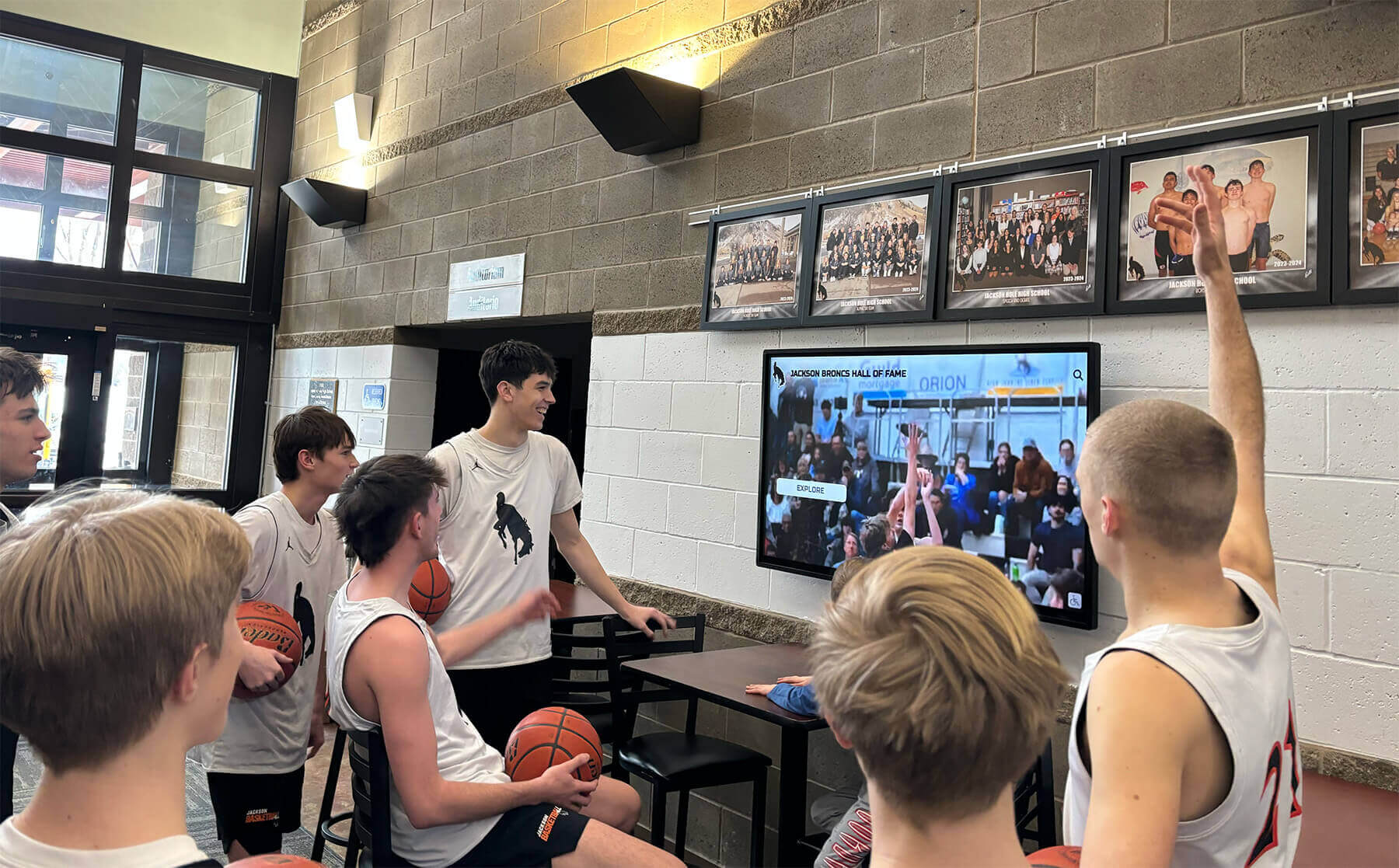
Outstanding teammate behavior creates positive team culture that extends beyond individual talent, often proving more valuable to long-term program success than athletic ability alone.
Respect for the Game
Sportsmanship includes honoring the traditions, rules, and spirit of athletic competition itself:
Demonstrated Actions:
- Following rules even when violations might go undetected
- Respecting equipment, facilities, and competitive venues
- Understanding and honoring sport-specific traditions
- Competing with maximum effort regardless of score
- Maintaining composure during emotionally charged situations
- Representing the privilege of athletic participation through conduct
- Acknowledging that athletics teach life lessons beyond wins and losses
- Understanding the educational mission of high school sports
The NFHS emphasizes that unsportsmanlike conduct is “incompatible with the values of education-based athletics”—underscoring that high school sports serve educational purposes extending far beyond competition itself.
Types of High School Sportsmanship Awards
Comprehensive programs include multiple recognition levels and formats celebrating sportsmanship excellence:
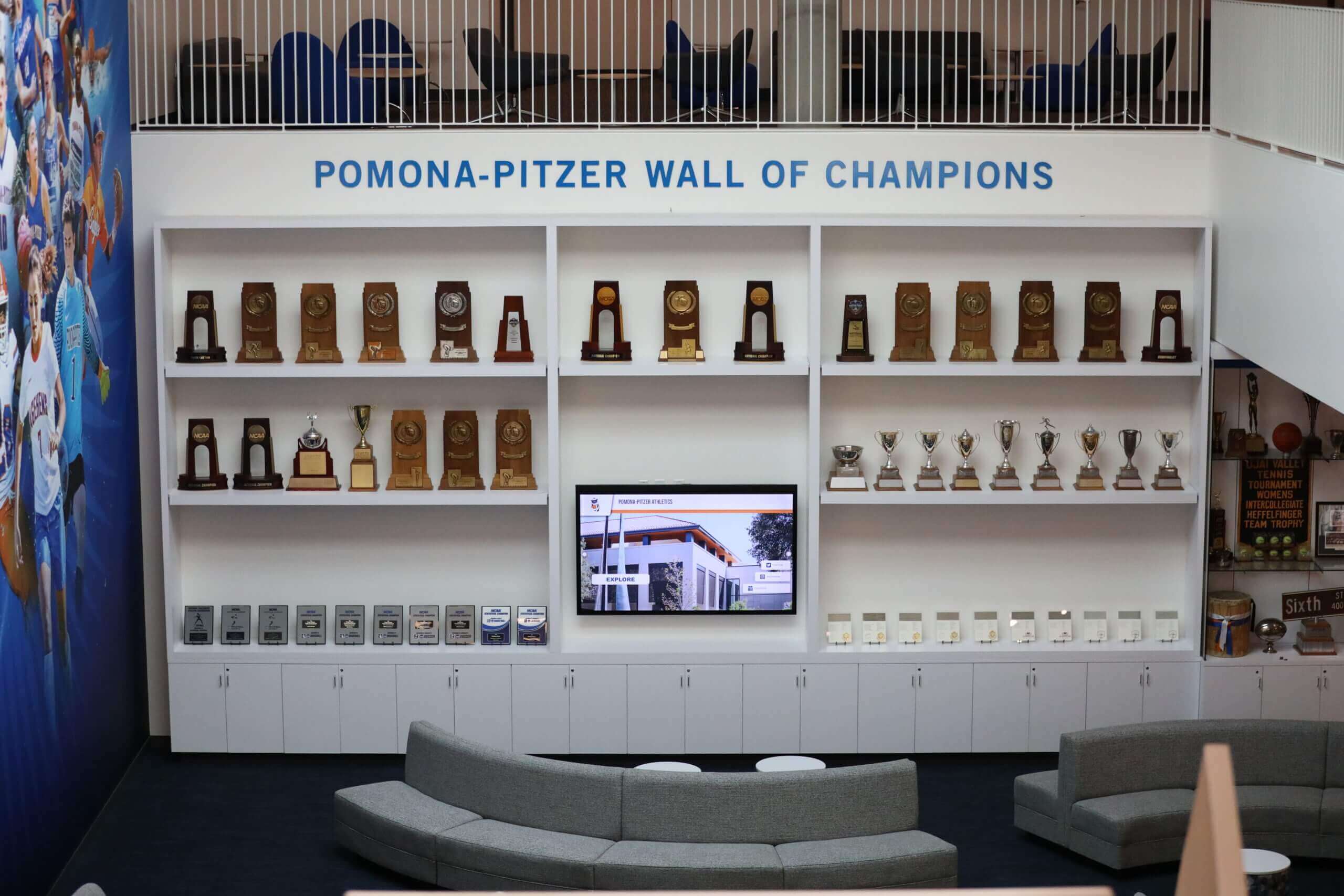
Individual Student-Athlete Sportsmanship Awards
Individual awards honor specific student-athletes demonstrating exceptional character throughout a season:
Award Formats:
- Team Sportsmanship Award: Each team selects one athlete exemplifying sportsmanship values
- Coaches’ Sportsmanship Recognition: Coaching staff identifies athletes demonstrating outstanding character
- Opponent-Nominated Awards: Opposing teams or coaches nominate impressive opponents
- Official Recognition: Game officials identify athletes demonstrating exemplary respect
- Scholar-Athlete Sportsmanship Awards: Recognizing both academic and behavioral excellence
- Senior Sportsmanship Legacy Award: Honoring graduating athletes who modeled values across their careers
- Comeback Sportsmanship Award: Recognizing athletes who maintained character through adversity
Individual recognition proves particularly meaningful because it differentiates character from athletic performance, ensuring non-starters and role players can receive significant recognition for exemplary conduct.
Team Sportsmanship Awards
Team-level recognition celebrates collective culture rather than individual behavior:
Team Recognition Categories:
- Conference Sportsmanship Awards: League-wide recognition for exemplary team conduct
- State Association Team Awards: Statewide recognition programs honoring exceptional teams
- Season-Long Team Awards: Recognition based on cumulative season behavior
- Tournament Sportsmanship Awards: Special recognition during championship competition
- Community Service Integration: Teams combining athletics with service contributions
- Fan Sportsmanship Recognition: Acknowledging positive fan culture supporting teams
- Program Culture Awards: Multi-year recognition for consistent sportsmanship standards
Many state high school athletic associations operate formal team sportsmanship programs. For example, the South Carolina High School League has maintained team sportsmanship awards for decades, with the 2025-2026 award period running from August 1, 2025 to May 31, 2026. Selection criteria include community service activities, participation in school clean-up initiatives, and implementation of sportsmanship programs.
The Massachusetts Interscholastic Athletic Association similarly operates team sportsmanship awards emphasizing teamwork, fair play, respect for opponents, ethics, and citizenship—rewarding teams whose actions both on and off the field demonstrate fairness, respect, honesty, unselfishness, and responsibility.
Sport-Specific Sportsmanship Recognition
Different sports present unique sportsmanship challenges and opportunities:
Sport-Specific Considerations:
- Contact Sports: Emphasizing controlled physicality within rules and safety
- Official-Intensive Sports: Recognizing respect despite frequent judgment calls
- Individual Sports: Celebrating self-regulation without external teammate accountability
- Team Sports: Honoring collective character and mutual accountability
- Competitive Sports: Maintaining sportsmanship despite high-pressure situations
- Developmental Sports: Building foundational character in beginning athletes
For schools seeking to showcase athletic achievement and character across multiple sports, digital athletic record boards provide comprehensive platforms celebrating both performance and sportsmanship.
School-Wide Athletic Sportsmanship Programs
Comprehensive approaches integrate sportsmanship across all athletics:
Program Components:
- Sportsmanship mission statements and defined behavioral expectations
- Pre-season training for all student-athletes on sportsmanship values
- Season-long emphasis through team meetings and coach messaging
- Regular recognition highlighting specific sportsmanship examples
- Fan education programs promoting positive spectator behavior
- Official appreciation initiatives acknowledging official contributions
- Opponent recognition protocols at home and away competitions
- Annual sportsmanship awards ceremonies celebrating exemplary conduct
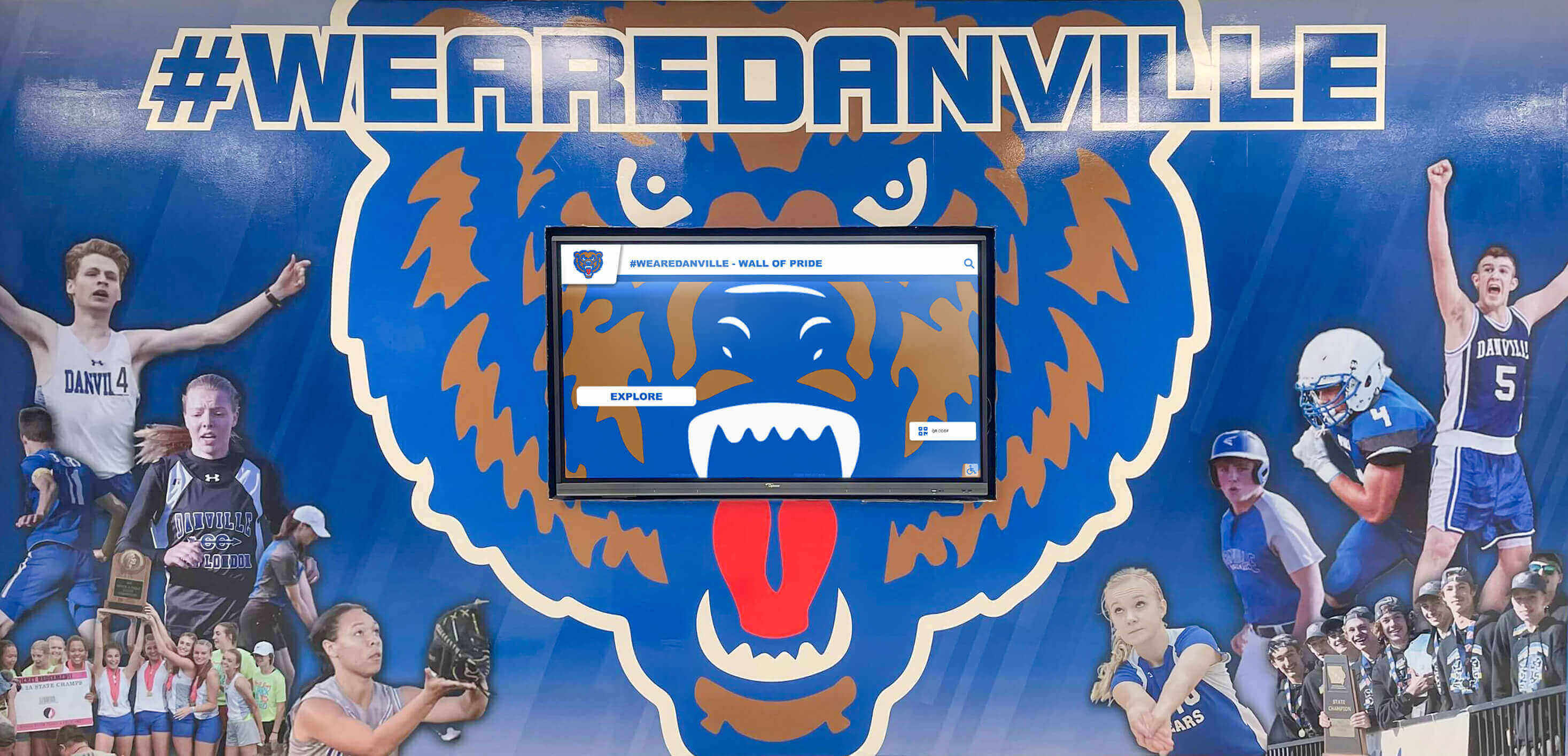
New York State’s Sportsmanship Promotion Banner Awards, now in their 29th year, recognize schools developing proactive programs emphasizing recognition, accountability, and character development—demonstrating long-term commitment to sportsmanship as a core institutional value.
Designing Effective Selection Criteria
Fair, transparent criteria ensure sportsmanship awards maintain credibility and meaning within athletic communities:
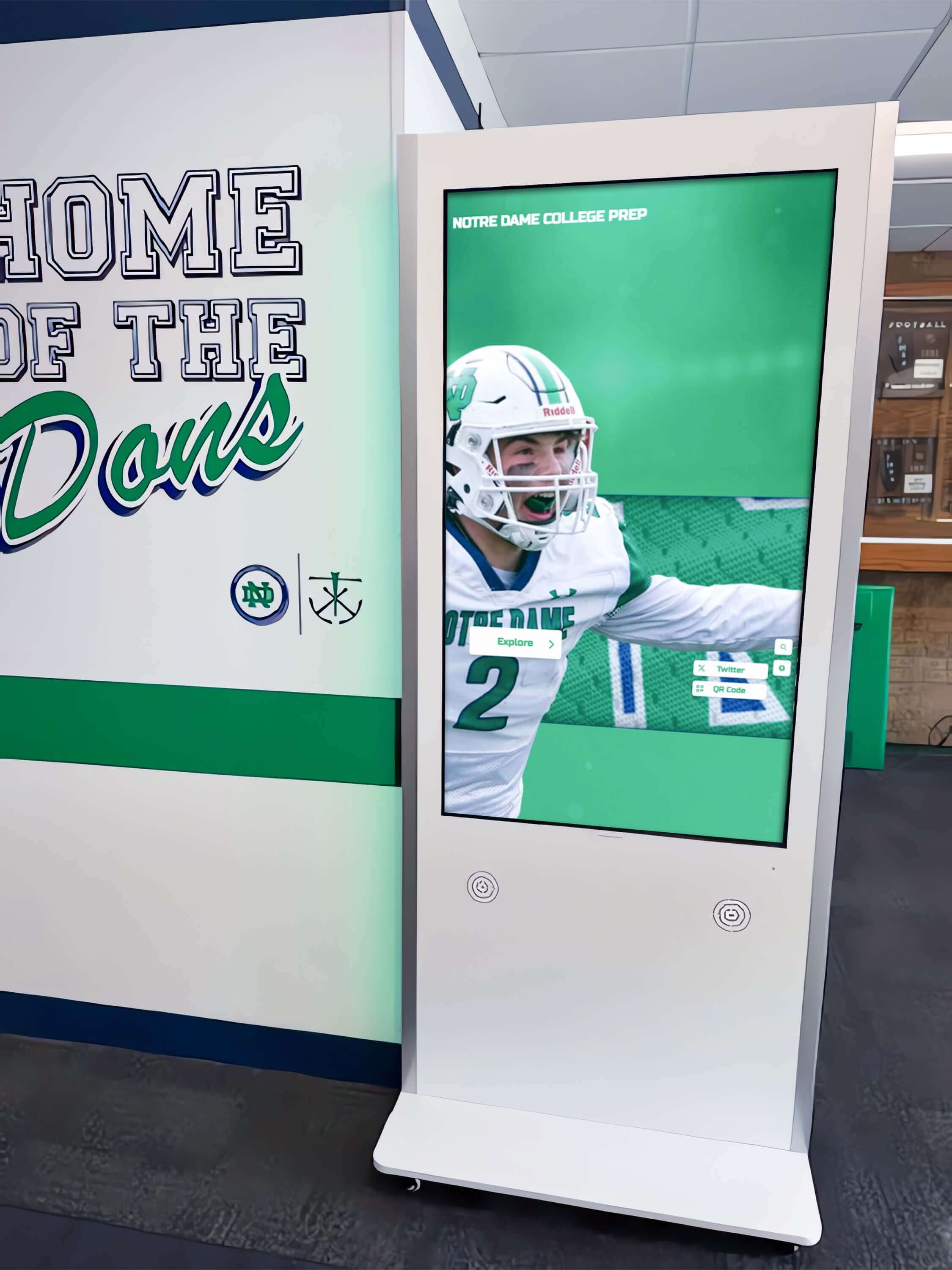
Observable Behaviors and Specific Examples
Effective criteria focus on concrete, observable actions rather than vague character statements:
Measurable Sportsmanship Indicators:
- Positive Communication: Specific examples of encouraging teammates or complimenting opponents
- Emotional Control: Maintaining composure after difficult calls, losses, or frustrating situations
- Leadership Actions: Intervening to prevent teammate misconduct or de-escalate tensions
- Helping Behaviors: Assisting injured opponents, retrieving equipment, or supporting struggling teammates
- Respectful Body Language: Posture, facial expressions, and gestures demonstrating respect
- Verbal Conduct: Tone, word choice, and communication style with all competition participants
- Pre/Post-Competition Protocols: Handshakes, acknowledgments, and interaction quality
- Practice Behaviors: Daily demonstration of values, not just game-day performance
Specific behavioral examples provide clear standards helping coaches evaluate candidates and helping student-athletes understand expectations—transforming abstract character concepts into actionable behaviors.
Balancing Athletic Performance and Character
Sportsmanship awards should recognize character independently from athletic achievement:
Common Pitfalls to Avoid
Problematic Approaches:
- Limiting recognition only to star athletes or starters
- Treating sportsmanship as a “consolation prize” for less talented athletes
- Assuming high performers automatically demonstrate good character
- Overlooking behavioral issues because of athletic contributions
- Selecting athletes primarily based on statistics or team records
- Making sportsmanship subordinate to performance recognition
Best Practice Approaches
Effective Methods:
- Evaluating character independently from performance measures
- Recognizing role players demonstrating exemplary conduct
- Acknowledging that sportsmanship requires equal discipline as skill development
- Holding star athletes to identical standards as all team members
- Celebrating character as equally important as competitive success
- Making sportsmanship recognition prestigious and highly valued
Award credibility depends on consistent standards applied equitably across all team members, ensuring recognition reflects genuine character rather than athletic politics or favoritism.
Multi-Perspective Evaluation
Comprehensive assessment gathers input from multiple sources observing different aspects of athlete conduct:
Evaluation Sources:
- Head Coaches: Overall perspective on season-long behavior and leadership
- Assistant Coaches: Detailed observations from practices and competitions
- Athletic Trainers: Insights into athlete character during injury and frustration
- Game Officials: External perspective on competitive behavior and respect
- Opposing Coaches: Recognition of impressive opponent conduct
- Teammates: Peer perspective on daily behavior and authentic character
- Athletic Directors: Administrative oversight ensuring program consistency
- Parents and Families: Community perspective on values demonstration
Schools can reference guidance on comprehensive student awards programs for strategies ensuring fair, thorough evaluation processes across recognition initiatives.
Creating Meaningful Recognition Ceremonies
How schools present sportsmanship awards significantly impacts their perceived value and cultural influence:

End-of-Season Award Presentations
Traditional award ceremonies provide formal recognition opportunities:
Ceremony Components:
- Award Context Explanation: Articulating sportsmanship values and selection criteria clearly
- Specific Examples: Sharing concrete stories illustrating why recipients earned recognition
- Multiple Voices: Including coach testimonials, teammate statements, and recipient reflections
- Equal Prominence: Presenting sportsmanship awards with equivalent ceremony as performance awards
- Family Inclusion: Inviting families to celebrate character alongside athletic achievement
- Permanent Documentation: Creating certificates, programs, and photographs preserving recognition
- Public Acknowledgment: Ensuring community awareness through announcements and media coverage
Sportsmanship recognition should never feel like an afterthought or lesser honor—ceremony design must communicate that character receives equal institutional value as competitive achievement.
Senior Day and Recognition Events
Senior day celebrations provide opportunities to honor athletes’ cumulative character demonstration:
Senior Recognition Opportunities:
- Highlighting four-year sportsmanship legacies
- Sharing coach testimonials about character growth
- Acknowledging leadership in modeling values for younger athletes
- Recognizing consistent behavior across multiple seasons
- Connecting current character to post-graduation success
- Creating lasting documentation of sportsmanship contributions
- Inspiring underclassmen through senior examples
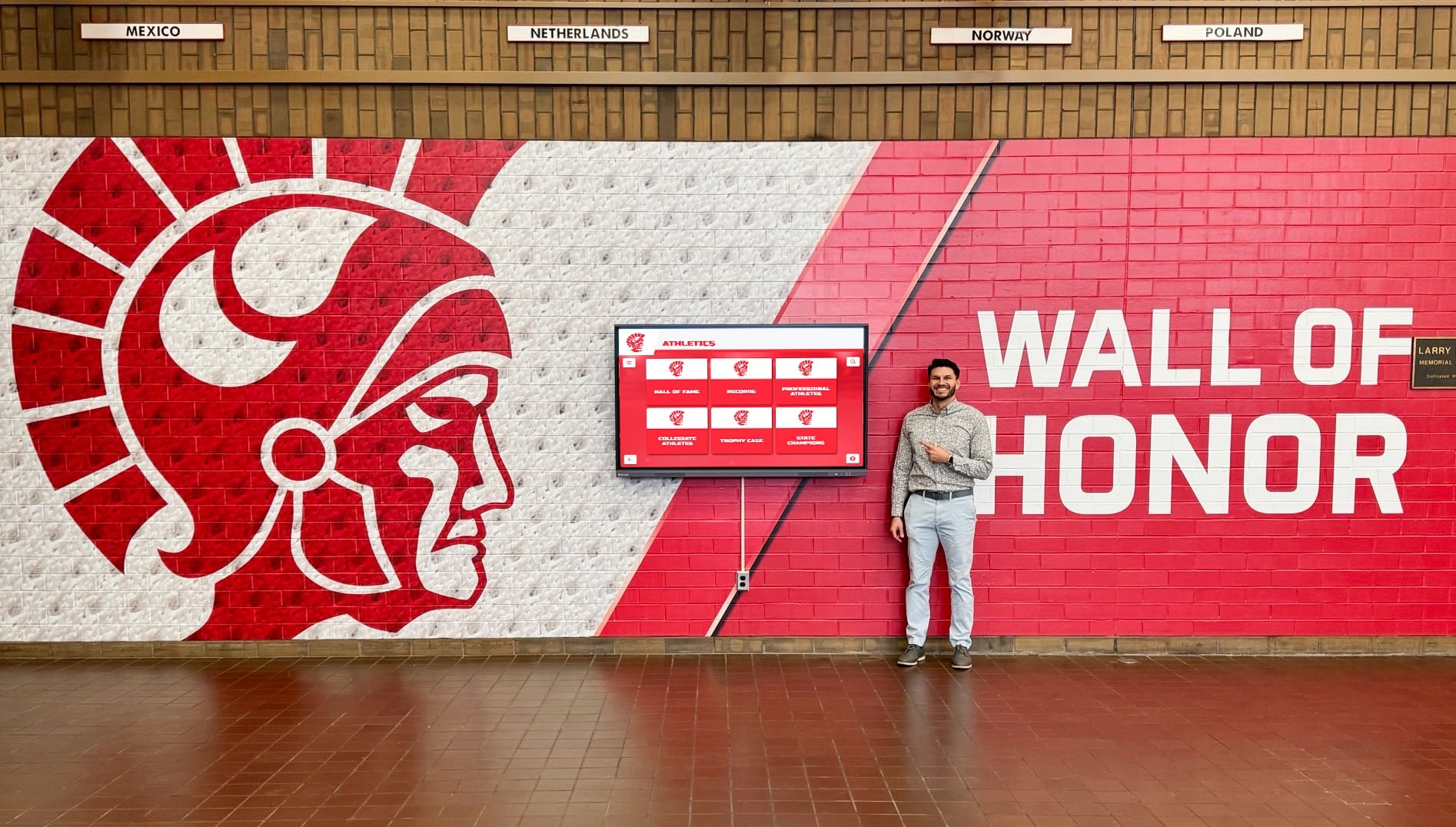
Senior sportsmanship recognition proves particularly impactful because it celebrates sustained character development rather than single-season excellence—demonstrating that values demonstration throughout an athletic career merits significant institutional honor.
Digital Recognition Displays
Modern schools increasingly implement digital recognition platforms celebrating sportsmanship alongside athletic achievement:
Digital Display Advantages:
- Unlimited Recognition Capacity: Space constraints never limit sportsmanship honorees
- Rich Media Content: Photos, videos, and detailed stories bringing recognition to life
- Searchable Archives: Permanent databases preserving all sportsmanship recipients
- Easy Content Updates: Simple addition of new recipients without physical renovation
- Interactive Engagement: Touchscreen browsing enabling deep exploration of athlete stories
- Online Accessibility: Families viewing recognition from anywhere globally
- Multiple Display Locations: Same content appearing in lobbies, gyms, and online simultaneously
- Integrated Recognition: Combining performance records with character celebration seamlessly
Solutions like Rocket Alumni Solutions’ interactive touchscreen displays enable schools to create comprehensive athletic recognition programs celebrating both competitive excellence and exemplary sportsmanship—ensuring character receives equal prominence with performance achievements.

Digital platforms prove particularly valuable for sportsmanship recognition because they accommodate detailed stories and specific examples that physical plaques cannot contain—allowing schools to articulate exactly why recipients earned recognition through concrete behavioral descriptions.
Social Media and Online Recognition
Contemporary communication channels extend sportsmanship recognition reach:
Digital Communication Strategies:
- Announcement Posts: Sharing sportsmanship award recipients on school social media
- Story Highlights: Featuring specific examples and testimonials about recipient character
- Video Recognition: Creating short video profiles explaining award significance
- Website Features: Dedicated web pages honoring sportsmanship award recipients
- Email Communications: Notifying school communities about character recognition
- Local Media Outreach: Ensuring community newspaper and broadcast coverage
- Athletic Program Websites: Permanent online documentation of all recipients
- Alumni Engagement: Connecting current recipients with alumni sportsmanship honorees
Social media recognition proves particularly meaningful to student-athletes because peer visibility and community acknowledgment often resonate more powerfully than traditional certificates alone.
Sportsmanship Award Program Implementation
Successfully launching or enhancing sportsmanship recognition requires thoughtful planning and sustained commitment:
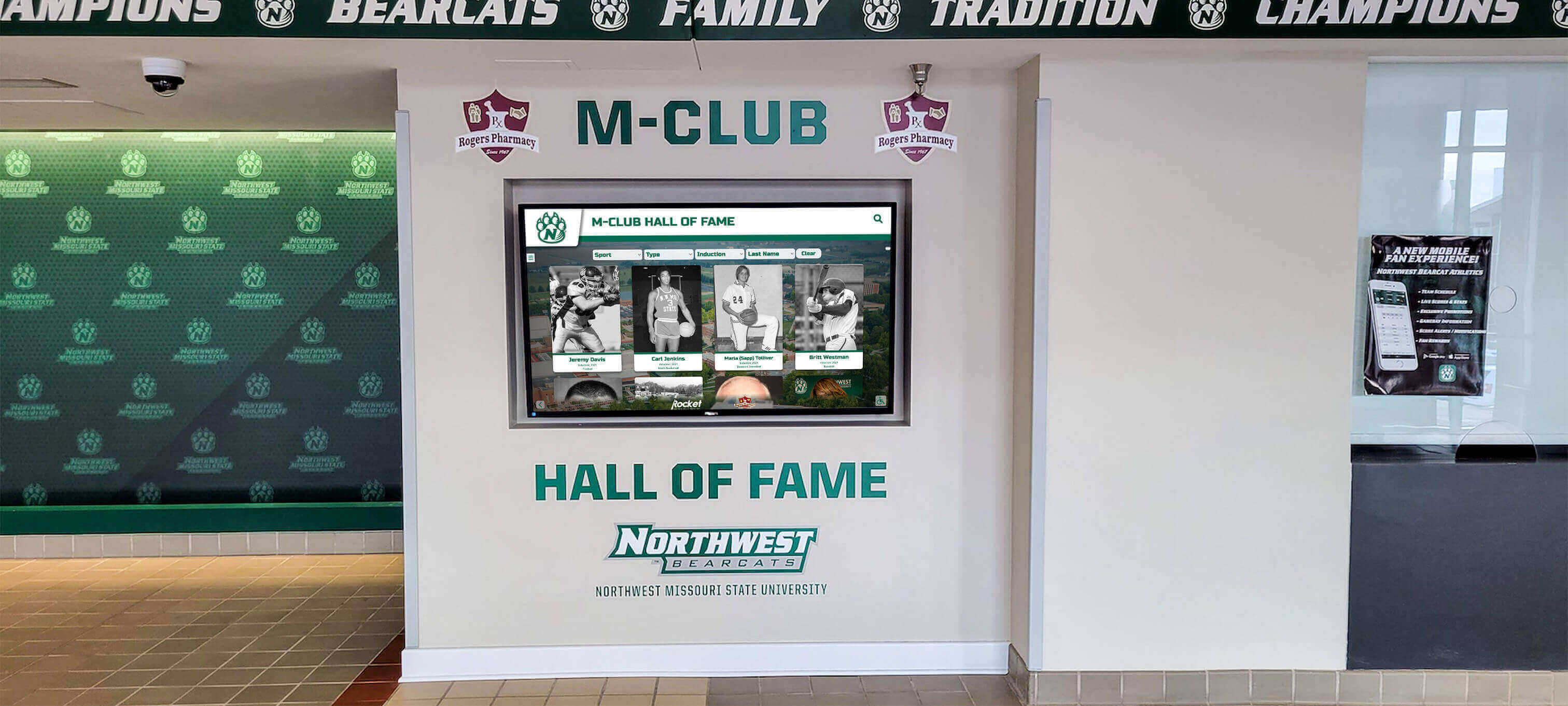
Establishing Program Foundations
Essential Program Elements:
- Written Mission Statement: Clear articulation of sportsmanship values and recognition purposes
- Defined Criteria: Specific, observable behaviors and evaluation standards
- Transparent Processes: Published nomination and selection procedures ensuring fairness
- Annual Calendar: Scheduled milestones for nominations, selections, and recognition
- Stakeholder Communication: Clear information for athletes, coaches, families, and community
- Budget Allocation: Adequate resources for awards, ceremonies, and recognition materials
- Assessment Methods: Evaluation processes measuring program effectiveness and impact
Written documentation ensures program consistency despite coaching changes, administrative transitions, or competing priorities that might otherwise undermine sustained commitment.
Engaging Key Stakeholders
Successful programs require buy-in from all athletics community members:
Stakeholder Engagement Strategies:
- Coach Education: Training coaches on sportsmanship criteria and evaluation methods
- Athlete Communication: Clear explanation of expectations and recognition opportunities
- Parent Information: Family education about program values and selection processes
- Official Collaboration: Engaging officials in recognizing exceptional athlete conduct
- Booster Involvement: Athletic supporter participation in recognition and celebration
- Alumni Connection: Linking current athletes with alumni sportsmanship honorees
- Community Partnership: Broader community understanding of program values
Schools seeking to build comprehensive athletic recognition culture can reference strategies for increasing school pride through recognition programs that celebrate both achievement and character.
Integration with Existing Recognition Programs
Sportsmanship awards work most effectively when integrated with comprehensive athletic recognition:
Holistic Recognition Approach:
- Performance awards celebrating athletic achievement
- Academic honors recognizing scholar-athletes
- Sportsmanship recognition highlighting character demonstration
- Leadership awards acknowledging positive influence
- Most improved recognition honoring growth
- Career achievement celebrating cumulative contributions
- Special circumstances awards for unique accomplishments
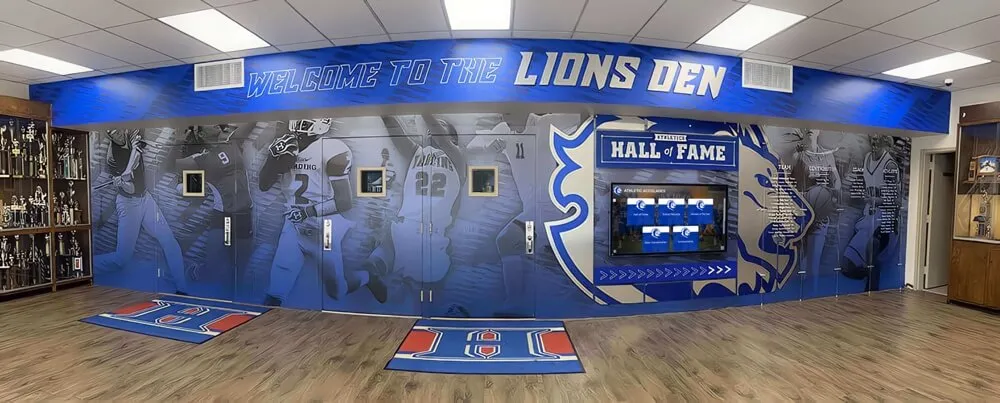
Balanced recognition programs communicate that schools value multiple dimensions of student-athlete development—preventing narrow focus on competitive outcomes while ensuring character development receives equivalent institutional emphasis.
Common Challenges and Solutions
Schools face predictable obstacles when implementing sportsmanship recognition programs:
Challenge: Maintaining Program Credibility
Problem: Sportsmanship awards lose meaning if selection appears arbitrary, politically motivated, or inconsistently applied across teams.
Solutions:
- Establish written, specific criteria applied uniformly across all sports
- Create diverse selection committees including coaches, administrators, and officials
- Document specific behavioral examples justifying recipient selection
- Maintain multi-year consistency in standards and processes
- Ensure star athletes and reserves receive equal consideration
- Publish selection criteria publicly for transparency
- Gather stakeholder feedback about program fairness and effectiveness
- Address concerns immediately if credibility questions arise
Award value depends entirely on perceived fairness and authenticity—any suspicion that selections favor certain athletes or reflect favoritism rather than genuine character will undermine program effectiveness.
Challenge: Balancing Competition and Character
Problem: Intense competitive pressure may inadvertently communicate that winning matters more than sportsmanship.
Solutions:
- Coach messaging consistently emphasizing character alongside competitive goals
- Administrative statements positioning sportsmanship as non-negotiable expectation
- Consequences for unsportsmanlike conduct regardless of athlete importance
- Recognition ceremonies giving equal prominence to character and performance awards
- Recruiting and hiring coaching staff aligned with sportsmanship values
- Parent education about educational mission of high school athletics
- Regular communication reinforcing that sportsmanship represents institutional priority
The NFHS has emphasized that high school athletics serve educational purposes fundamentally different from professional or even collegiate sports—sportsmanship recognition helps maintain this crucial distinction.
Challenge: Engaging Athletes in Program Goals
Problem: Student-athletes may view sportsmanship as adult-imposed requirements rather than personally meaningful values.
Engagement Strategies:
- Include student-athletes in defining sportsmanship expectations and criteria
- Create peer nomination processes enabling athlete voice in recognition
- Feature current athletes sharing personal sportsmanship stories
- Connect character development to college recruitment and life success
- Highlight alumni sportsmanship recipients discussing long-term value
- Establish student-athlete leadership councils promoting positive culture
- Ensure recognition feels genuinely prestigious rather than obligatory
Schools can reference innovative community-building strategies for approaches that engage students authentically in institutional values and recognition programs.
Challenge: Addressing Declining Sportsmanship
Problem: National trends suggest increasing challenges with sportsmanship behaviors, particularly toward officials.
Solutions:
- Proactive education rather than reactive punishment as primary approach
- Specific training on emotional regulation during competition
- Official appreciation initiatives humanizing officials for athletes
- Fan education programs addressing spectator behavior
- Social media conduct policies extending sportsmanship expectations online
- Regular team discussions processing competitive frustrations constructively
- Administrative consequences for serious sportsmanship violations
According to NFHS officials and state association leaders, “Sportsmanship towards officials has been consistently bad”—requiring intentional, sustained efforts to reverse negative cultural trends through education and recognition of positive examples.
Sport-Specific Sportsmanship Considerations
Different sports present unique sportsmanship challenges requiring adapted approaches:
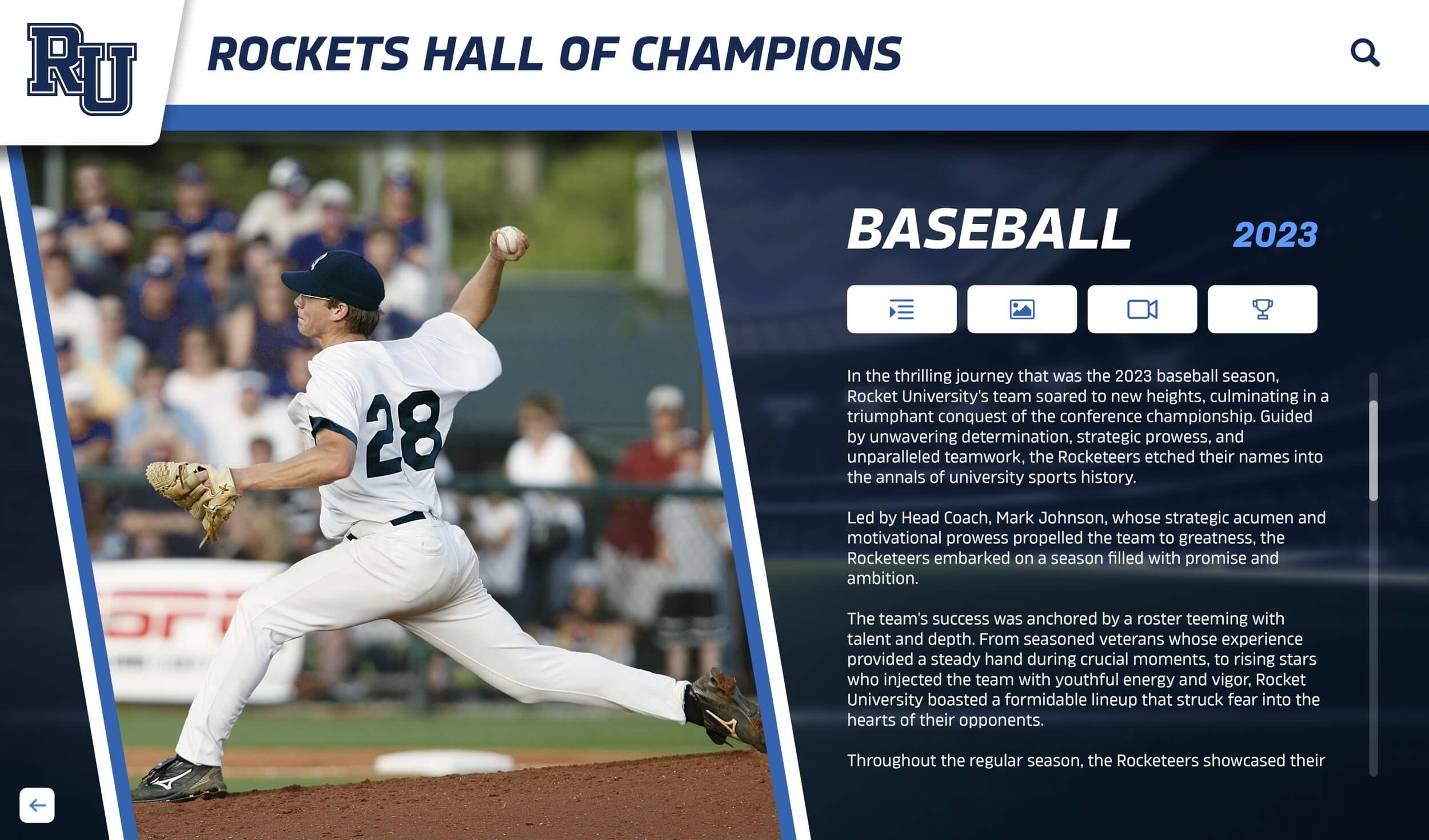
Contact and Physical Sports
Football, wrestling, hockey, lacrosse, and rugby require special attention to physical conduct:
Specific Considerations:
- Controlled Aggression: Distinguishing appropriate physicality from dangerous or retaliatory behavior
- Emotional Intensity: Managing naturally high emotional arousal in physical competition
- Safety Consciousness: Prioritizing opponent safety within aggressive competition
- Physical Respect: Avoiding late hits, dangerous techniques, or unnecessary roughness
- Post-Play Conduct: Helping opponents up, checking on injured players, respectful interaction
- Referee Interaction: Respecting official judgment in highly subjective physical contact situations
Contact sport sportsmanship awards prove particularly meaningful because they recognize athletes successfully balancing competitive intensity with opponent respect—a difficult equilibrium requiring maturity and discipline.
Official-Intensive Sports
Basketball, soccer, and volleyball involve frequent judgment calls requiring referee trust:
Recognition Focuses:
- Accepting close calls without demonstrative frustration
- Avoiding questioning official judgment through words or body language
- Understanding that human officiating involves inevitable imperfection
- Focusing energy on next play rather than dwelling on previous calls
- Supporting teammates who struggle with officiating frustration
- Recognizing that officials enable competition through their service
These sports benefit particularly from official-nominated awards enabling referees to recognize athletes demonstrating exceptional respect despite frequent judgment call opportunities.
Individual Sports
Track, swimming, tennis, golf, and cross country present unique sportsmanship contexts:
Distinctive Elements:
- Self-Regulation: Demonstrating character without external teammate accountability
- Individual Responsibility: Personal conduct affecting team but primarily individual
- Opponent Appreciation: Recognizing that opponents make personal best performances possible
- Rule Adherence: Following rules even when violations might go undetected
- Equipment and Facility Respect: Treating shared competitive spaces appropriately
- Mental Discipline: Maintaining composure through individual pressure situations
Individual sport sportsmanship honorees often demonstrate particularly mature character because their conduct reflects internal values rather than external peer pressure or teammate influence.
Extending Sportsmanship Beyond Competition
Comprehensive programs recognize that sportsmanship values extend beyond game days:
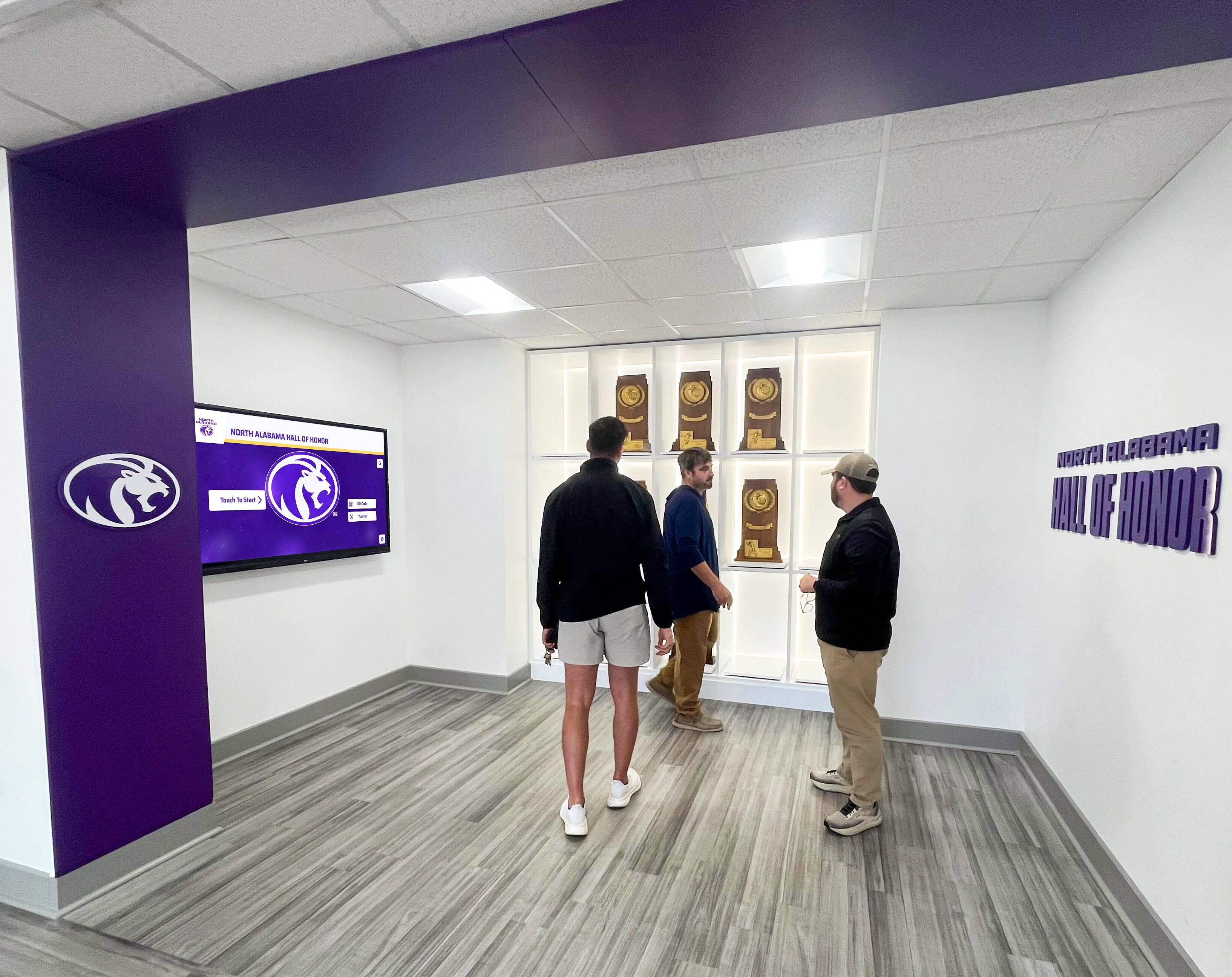
Community Service and Outreach
Many state association sportsmanship programs integrate service requirements:
Service Integration Examples:
- Community Clean-Up: Participating in neighborhood or school beautification projects
- Youth Sports Clinics: Teaching skills to younger athletes while modeling sportsmanship
- Official Appreciation: Organizing thank-you events or recognition for game officials
- Opponent Relationships: Collaborative service projects with rival schools
- Charitable Fundraising: Using athletic platform for community benefit causes
- School Support: Volunteering for school events, activities, and needs
- Senior Citizen Engagement: Connecting athletic programs with elder community members
Service integration communicates that sportsmanship values apply beyond competitive contexts—demonstrating character through actions benefiting broader communities.
Online and Social Media Conduct
The NFHS has specifically extended sportsmanship emphasis to online behavior, identifying five key characteristics: honesty, compassion, respect, responsibility, and courage.
Digital Sportsmanship Standards:
- Refraining from negative posts about opponents, officials, or teammates
- Avoiding online celebration that disrespects defeated opponents
- Representing school values through all social media presence
- Protecting teammate privacy and trust in online spaces
- Accepting that public social media represents permanent digital record
- Understanding that college recruiters and future employers evaluate online conduct
- Using platforms positively to celebrate rather than criticize
Digital conduct increasingly influences sportsmanship evaluations as online behavior provides authentic windows into athlete character beyond supervised competitive settings.
Academic Integration
Schools can connect sportsmanship recognition with academic achievement through honor roll recognition systems celebrating students who excel both academically and behaviorally—reinforcing that character matters across all school contexts.
Measuring Program Success
Effective sportsmanship programs demonstrate measurable positive impacts:
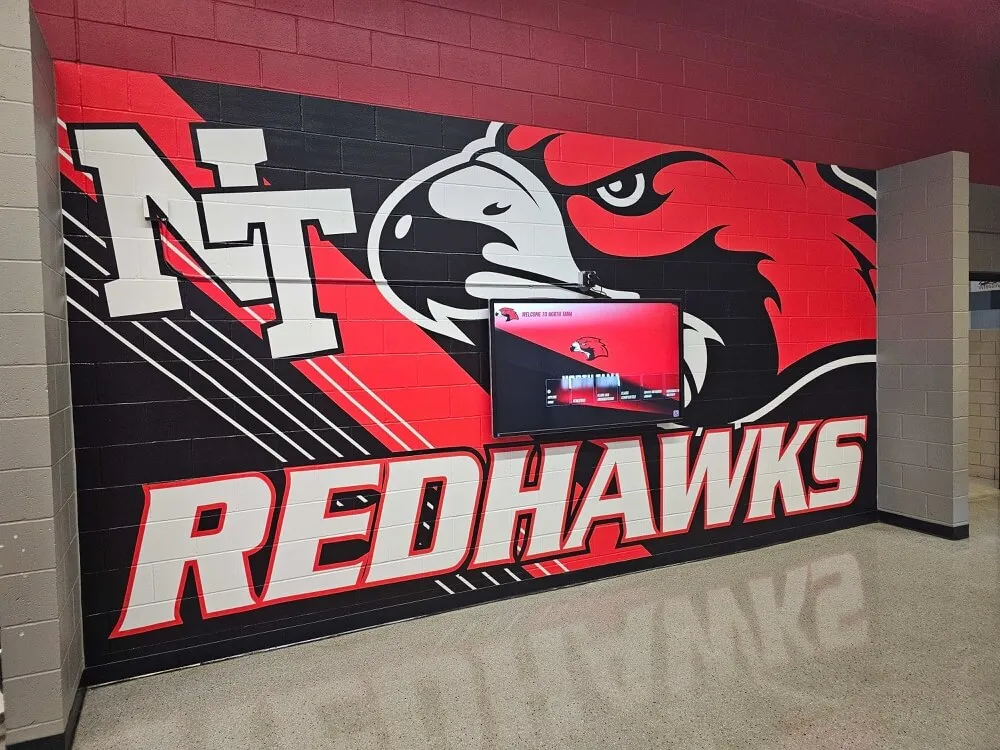
Quantitative Success Indicators
Measurable Metrics:
- Unsportsmanlike Conduct Penalties: Tracking technical fouls, yellow/red cards, ejections, and penalties
- Official Evaluations: Formal assessments from officials about team and athlete conduct
- Opponent Feedback: Systematic collection of opposing coach perspectives
- Disciplinary Incidents: Monitoring sport-related behavioral referrals and consequences
- Award Nomination Rates: Tracking coach participation in recognition processes
- Recognition Distribution: Ensuring equitable recognition across teams and demographics
- Family Attendance: Measuring ceremony participation as indicator of program value
Declining conduct violations and increasing positive feedback suggest program effectiveness, though quantitative measures alone cannot capture full character development impact.
Qualitative Impact Assessment
Evaluation Approaches:
- Athlete Surveys: Gathering student-athlete perspectives on program awareness and influence
- Coach Interviews: Collecting coaching staff observations about cultural shifts
- Parent Feedback: Understanding family perceptions of program value
- Official Input: Seeking referee perspectives on competition atmosphere changes
- Alumni Perspectives: Connecting with former athletes about long-term sportsmanship value
- Community Observations: Tracking broader community perceptions of athletic program culture
- Team Culture Assessment: Evaluating internal team dynamics and mutual respect
Qualitative assessment often reveals program impacts invisible in statistics—demonstrating how sportsmanship recognition shapes athlete identity, team culture, and institutional reputation.
Long-Term Success Tracking
Truly effective programs demonstrate sustained impact:
Longitudinal Indicators:
- Multi-year trends in conduct violations and positive recognition
- Alumni reports about character development value
- College coach feedback about program graduate character
- Sustained community reputation for positive athletic culture
- Coach retention and quality candidate attraction
- Student-athlete participation rates in athletics
- School pride and community engagement with athletics

Schools implementing comprehensive digital recognition strategies can track engagement analytics providing data-informed insights about which recognition approaches resonate most effectively with athletes and communities.
Technology Solutions for Sportsmanship Recognition
Modern digital platforms transform how schools celebrate and preserve sportsmanship recognition:
Digital Recognition Display Advantages
Traditional trophy cases and physical plaques face significant limitations for sportsmanship recognition:
Physical Display Constraints:
- Limited space forcing difficult choices about who receives visible recognition
- Static content unable to share detailed stories or behavioral examples
- Manual updates requiring physical renovation for each new recipient
- Deteriorating materials and fading photos over time
- Geographic limitation to single physical location
- Minimal information capacity (name, year, basic achievement only)
- Difficult for families and alumni to access remotely
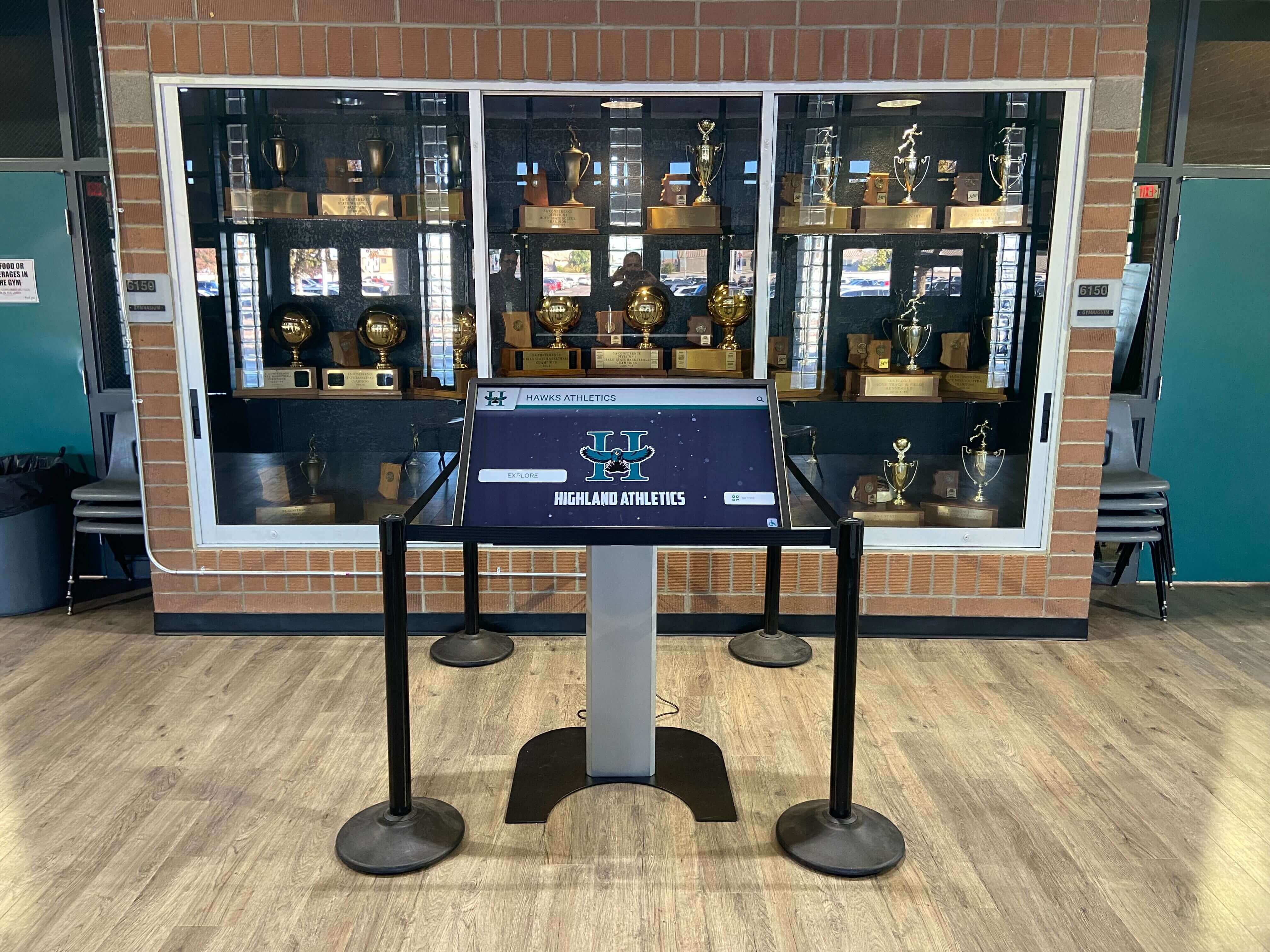
Interactive Digital Display Benefits:
Solutions like Rocket Alumni Solutions’ touchscreen recognition platforms provide purpose-built capabilities for sportsmanship celebration:
- Unlimited Recognition Capacity: Never choosing between worthy recipients due to space constraints
- Rich Multimedia Stories: Photos, videos, and detailed narratives explaining specific sportsmanship examples
- Easy Content Management: Simple web-based updates requiring no technical expertise
- Searchable Archives: Permanent databases preserving all sportsmanship honorees forever
- Multiple Display Locations: Simultaneous lobbies, gyms, and online access
- Interactive Engagement: Touchscreen browsing enabling deep exploration of athlete character stories
- Social Sharing: Family celebration through social media integration
- Analytics Tracking: Understanding which stories engage viewers most effectively
Digital platforms prove particularly valuable for sportsmanship recognition because they accommodate the detailed behavioral examples that physical awards cannot contain—enabling schools to articulate precisely why recipients earned recognition through specific story-based descriptions.
Content Management Capabilities
Modern recognition platforms provide essential management features:
Platform Capabilities:
- Intuitive content creation interfaces requiring no technical training
- Pre-designed templates ensuring consistent professional presentation
- Scheduled publishing coordinating online updates with ceremony timing
- Bulk upload supporting efficient annual recipient additions
- Version control and approval workflows for collaborative management
- Automatic backups preventing content loss
- Mobile-friendly administration enabling updates from any device
- Multi-user access with permission controls for different staff roles
Schools implementing comprehensive digital sports record systems find that integrated platforms celebrating both performance and character provide holistic athletic recognition supporting educational mission.
Integration with Athletic Recognition Programs
Effective digital solutions integrate sportsmanship with comprehensive athletic recognition:
Integrated Recognition Features:
- Combined displays celebrating performance records alongside character recognition
- Athlete profiles including both statistics and sportsmanship honors
- Team pages acknowledging competitive achievements and collective sportsmanship
- Historical timelines showing program evolution in both wins and values
- Hall of fame inductions recognizing career excellence in multiple dimensions
- All-state recognition acknowledging competitive selection and exemplary conduct
Comprehensive platforms communicate that institutions value multiple aspects of student-athlete development—preventing narrow focus exclusively on competitive outcomes while maintaining celebration of athletic excellence.
Creating Lasting Cultural Impact
The ultimate goal of sportsmanship awards extends beyond individual recognition to transforming athletic program culture:
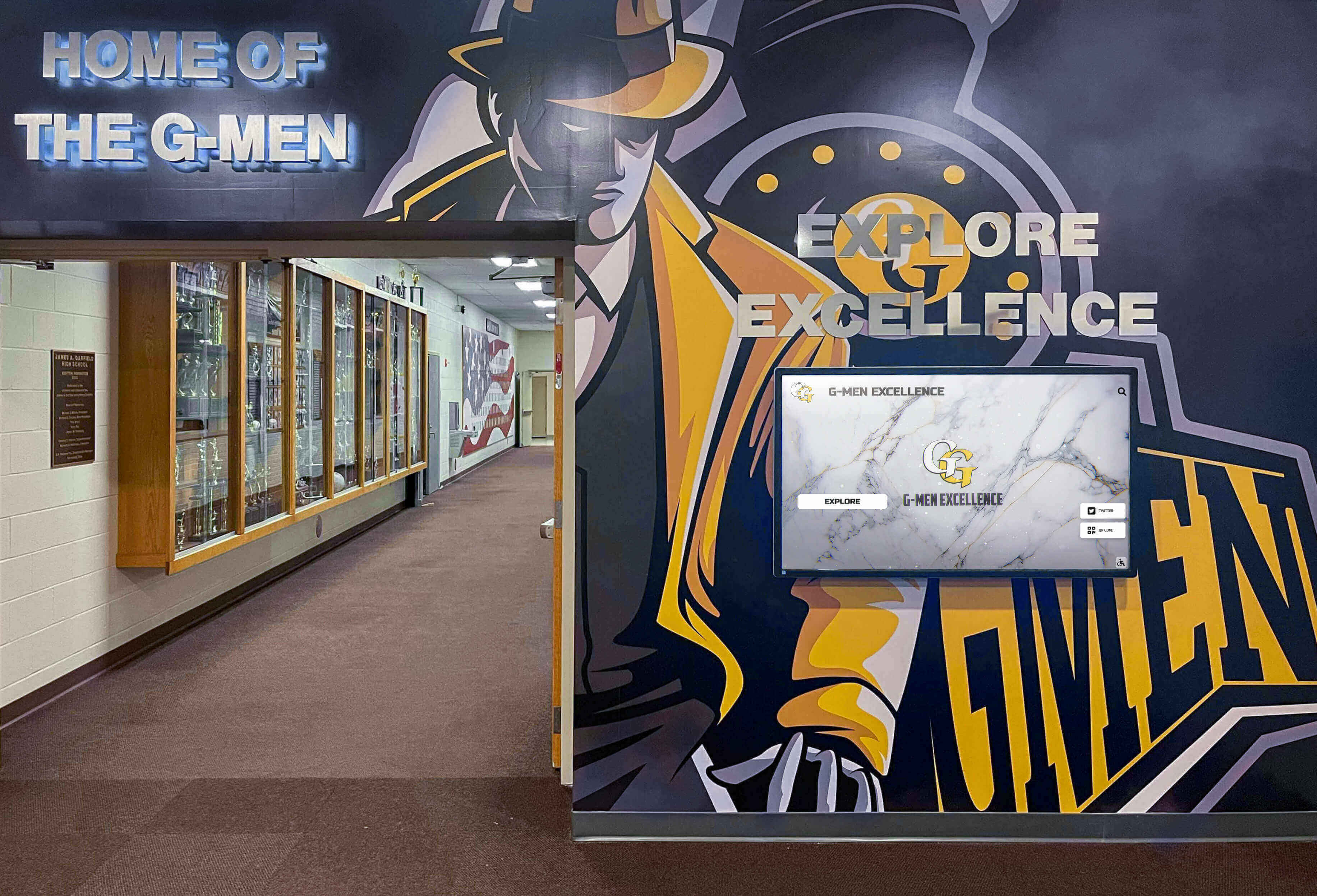
Establishing Program Traditions
Tradition-Building Elements:
- Annual ceremonies at consistent times becoming anticipated events
- Alumni sportsmanship speakers sharing long-term value perspectives
- Generational connections linking current athletes with past honorees
- Consistent award names and presentation formats building recognition
- Integration with school history and institutional identity
- Physical and digital displays creating permanent institutional memory
- Community participation making recognition shared celebration
Long-standing traditions communicate that sportsmanship represents permanent institutional values rather than temporary initiatives—embedding character development as fundamental to athletic identity.
Leadership Development Through Recognition
Sportsmanship award recipients often become program leaders:
Leadership Pathways:
- Formal captain and team leadership selections
- Mentorship roles with younger teammates
- Peer accountability for team conduct
- Ambassador roles representing programs externally
- Alumni connections bringing perspectives back to current athletes
- Coaching and officiating career pathways
- Community leadership beyond athletics
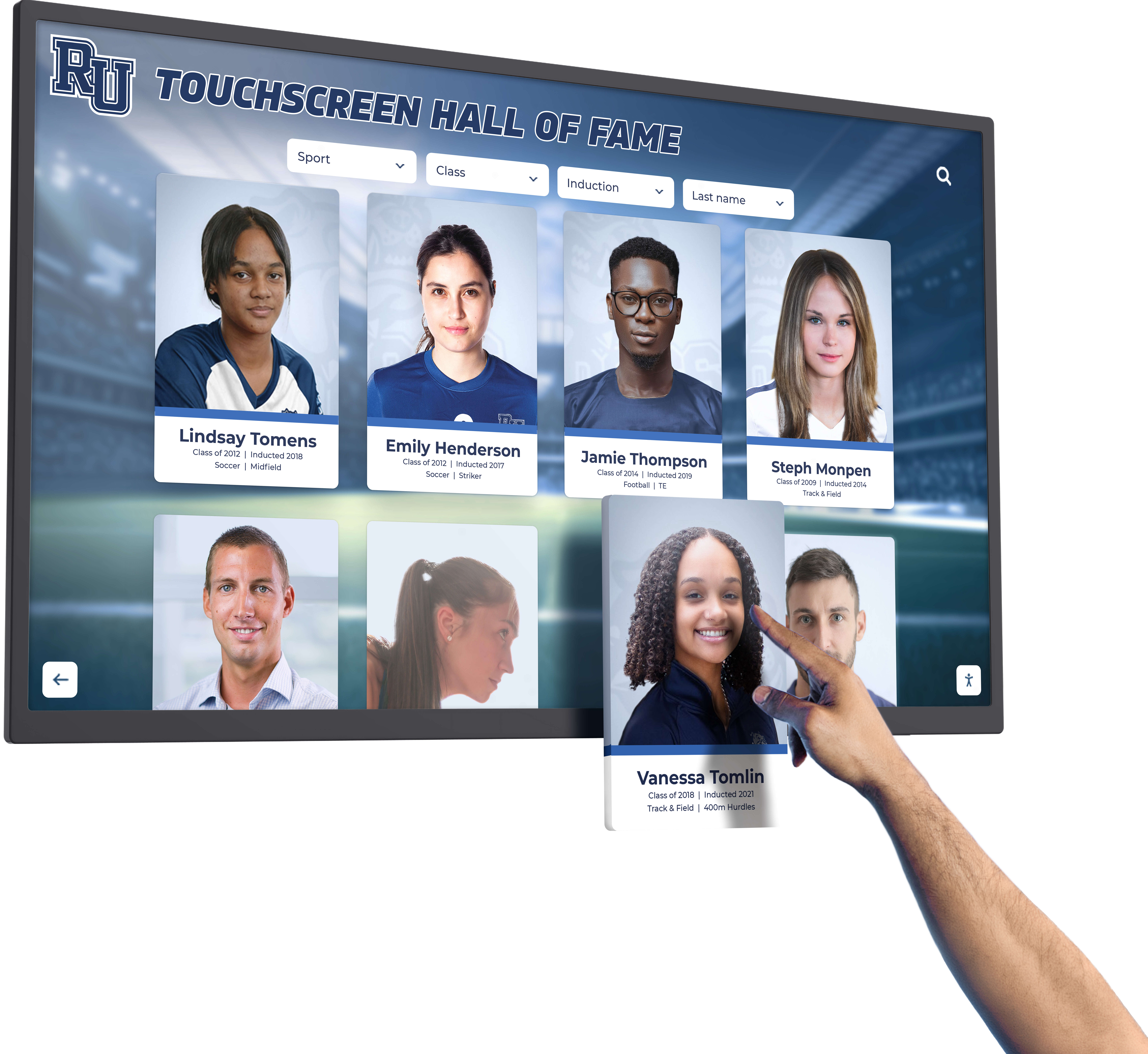
Recognition creates leadership pipelines by identifying character-driven athletes, providing them platforms for influence, and connecting them with opportunities extending beyond competitive participation.
Alumni Engagement and Legacy
Sportsmanship recognition creates lasting connections between graduates and institutions:
Alumni Connection Strategies:
- Maintaining permanent online recognition accessible to graduates anywhere
- Alumni speaker programs bringing former recipients back to inspire current athletes
- Networking events connecting sportsmanship honorees across generations
- Mentorship programs pairing alumni with current athletes
- Digital alumni recognition platforms celebrating career character alongside achievement
- Fundraising and giving opportunities for former recipients supporting current programs
- Legacy awards honoring multi-generational family sportsmanship traditions
Schools implementing comprehensive alumni engagement strategies find that character-based recognition often creates stronger lasting connections than competitive achievement alone—demonstrating that values transcend athletic performance in building lifelong institutional relationships.
Conclusion
High school sportsmanship awards represent powerful tools for reinforcing the character development and values education central to the mission of high school athletics. When designed with clear criteria, fair selection processes, meaningful recognition ceremonies, and sustained institutional commitment, these programs create athletic cultures prioritizing integrity, respect, and excellence in all aspects of competition.
The most effective sportsmanship recognition programs balance tradition with innovation—maintaining personal connection and authentic celebration while leveraging modern digital recognition platforms that enable unlimited recognition capacity, rich multimedia storytelling, easy content management, and broad family engagement.
Whether schools implement traditional certificate-based programs or comprehensive digital recognition systems, success lies in consistently celebrating specific, observable character demonstrations through transparent processes that honor diverse athletes across all sports—communicating that who athletes become matters as much as what they accomplish.
Digital recognition solutions like those from Rocket Alumni Solutions provide schools with purpose-built platforms specifically designed for athletic recognition needs—combining intuitive content management, engaging interactive displays, and proven reliability that enables sustainable programs delivering lasting impact on athletic culture and student-athlete character development.

Start building stronger athletic culture today through sportsmanship recognition programs that celebrate the character and values defining the best of high school sports.
Live Example: Rocket Alumni Solutions Touchscreen Display
Interact with a live example (16:9 scaled 1920x1080 display). All content is automatically responsive to every screen size.





































